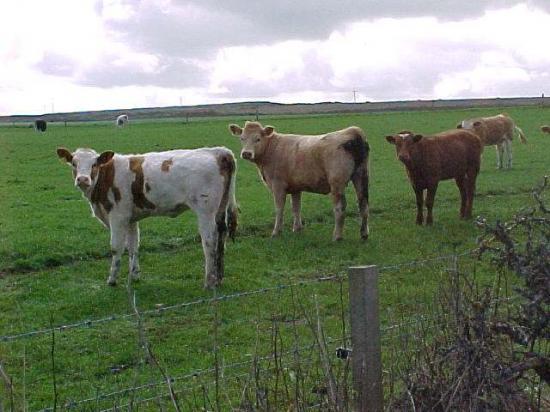
This site uses cookies, by continuing to use this site you accept the terms of our privacy policy
Feed 2.0 Loading...
SRUC Vets Warn of Blackleg Increase in Caithness Area
26th September 2013

Scotland�s Rural College vets are warning farmers about a rise in the incidence of Blackleg in cattle in the Caithness area.
This follows the recent diagnoses of several cases of the disease at Thurso Disease Surveillance Centre.
Blackleg is fatal but can be easily prevented by vaccination so SRUC is advising farmers to investigate the unexpected death of any cattle and consult their vet on the need to vaccinate young stock when out on pasture.
The increase in cases of the disease, caused by the bacterium Clostridium chauvoei in soil, can lead to substantial losses. Cattle between six and 24 months old are particularly susceptible to Blackleg. Affected animals are often found dead, although occasionally they may be lame and have a swollen upper limb before they die.
The bacterium that causes the disease can survive in soil for several years as highly resistant spores, tough enough to withstand environmental challenges such as frost. Once in the animal�s body, the spores are activated. The bacteria then multiply producing lethal toxins that spread throughout the body and cause rapid death of the infected animal.
It is not unusual to see outbreaks of Blackleg during the warmer months of the year. Most bacteria prefer warmth and at this time of year young stock are out to grass. Any disturbance of soil in grazing areas could expose clostridial spores and is considered to be a potent trigger factor.


